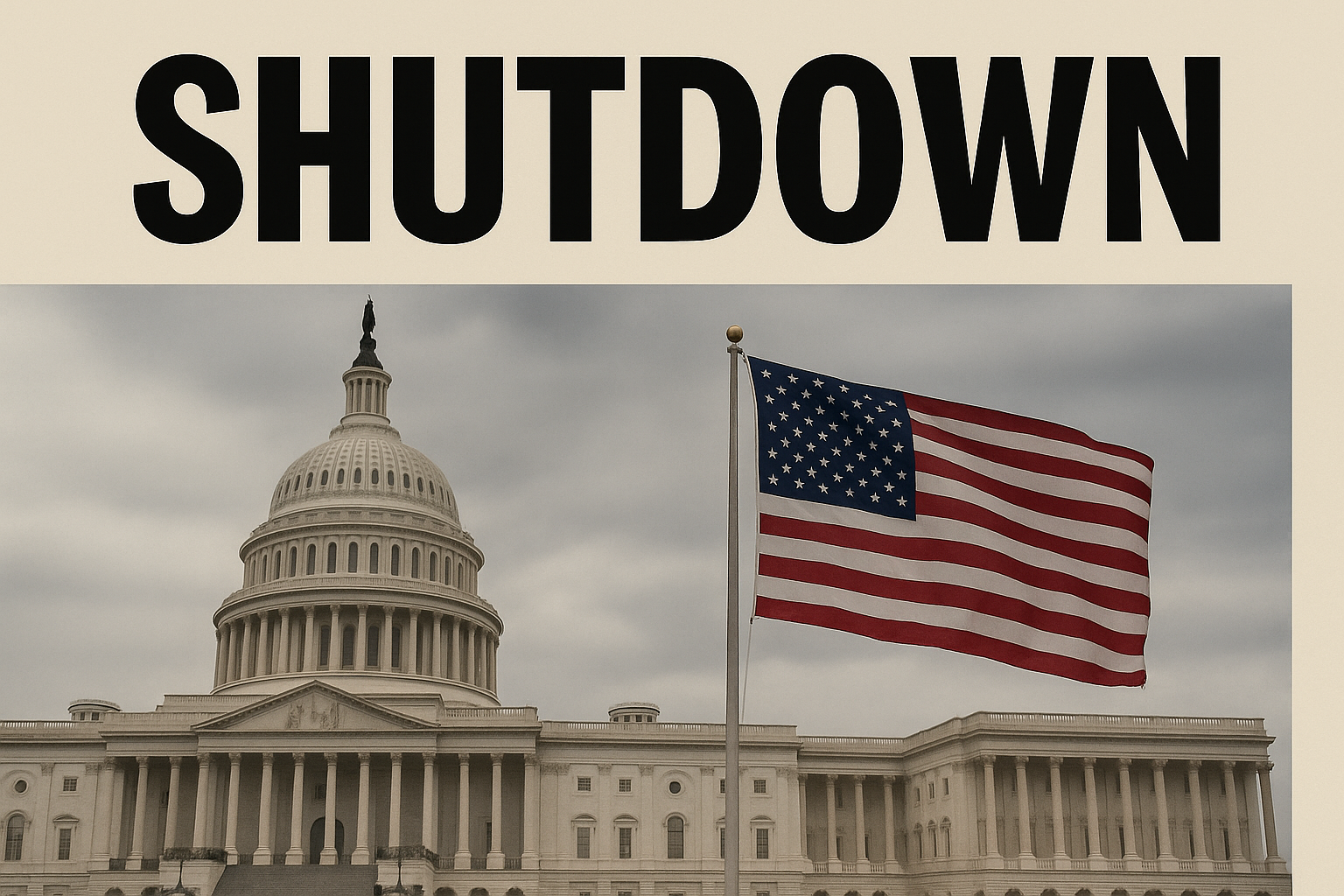

From air traffic controllers leaving their posts to federal workers missing pay cheques for the second time in a row, the 43-day-long US federal government shutdown has taken a toll across all sectors. The crisis has dealt a double blow to the economy — first from tariffs and now from halted government operations. As trade slows, diplomatic ties fray, and even neighbouring allies distance themselves, the situation reeks of broader loss of confidence. With a national debt nearing USD 38 trillion as of early November 2025, the prolonged deadlock is now rippling through the country’s economy, trade, and transportation systems.
 Image for referential purposes only
Image for referential purposes only
Explore- Most accurate data to drive business decisions with 50+ reports across the value chain
Why did the government shut down in 2025?
According to the Joint Governors’ Statement to the U.S. Senate (September 29, 2025), holding federal funding hostage for political leverage is not a trivial Washington debate — it has “real and immediate consequences in every state,” affecting pay for troops, emergency workers, firefighters, and services for seniors and veterans, while disrupting food aid for families in need.
Democratic strategist Karen Finney criticised the leadership vacuum during the shutdown, saying, “Americans recognise that 10 months into his presidency, costs have not gone down. And over the course of this 40-day shutdown, Trump did not emerge as someone who was fighting for them. He wasn't trying to resolve the issue. He wasn’t engaged; he was nowhere to be found.”
Like most shutdowns in US history, this one started over funding disputes, but the underlying causes run deeper. Congress failed to pass a spending bill, leading to the closure of government offices, furloughs for hundreds of thousands of federal employees, and unpaid work for millions more. The fallout for logistics, trade, and supply chains is already visible.
Responses








